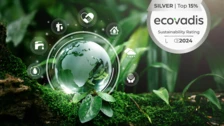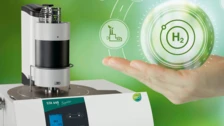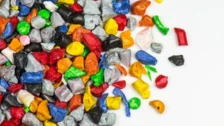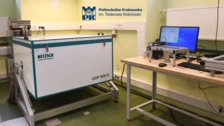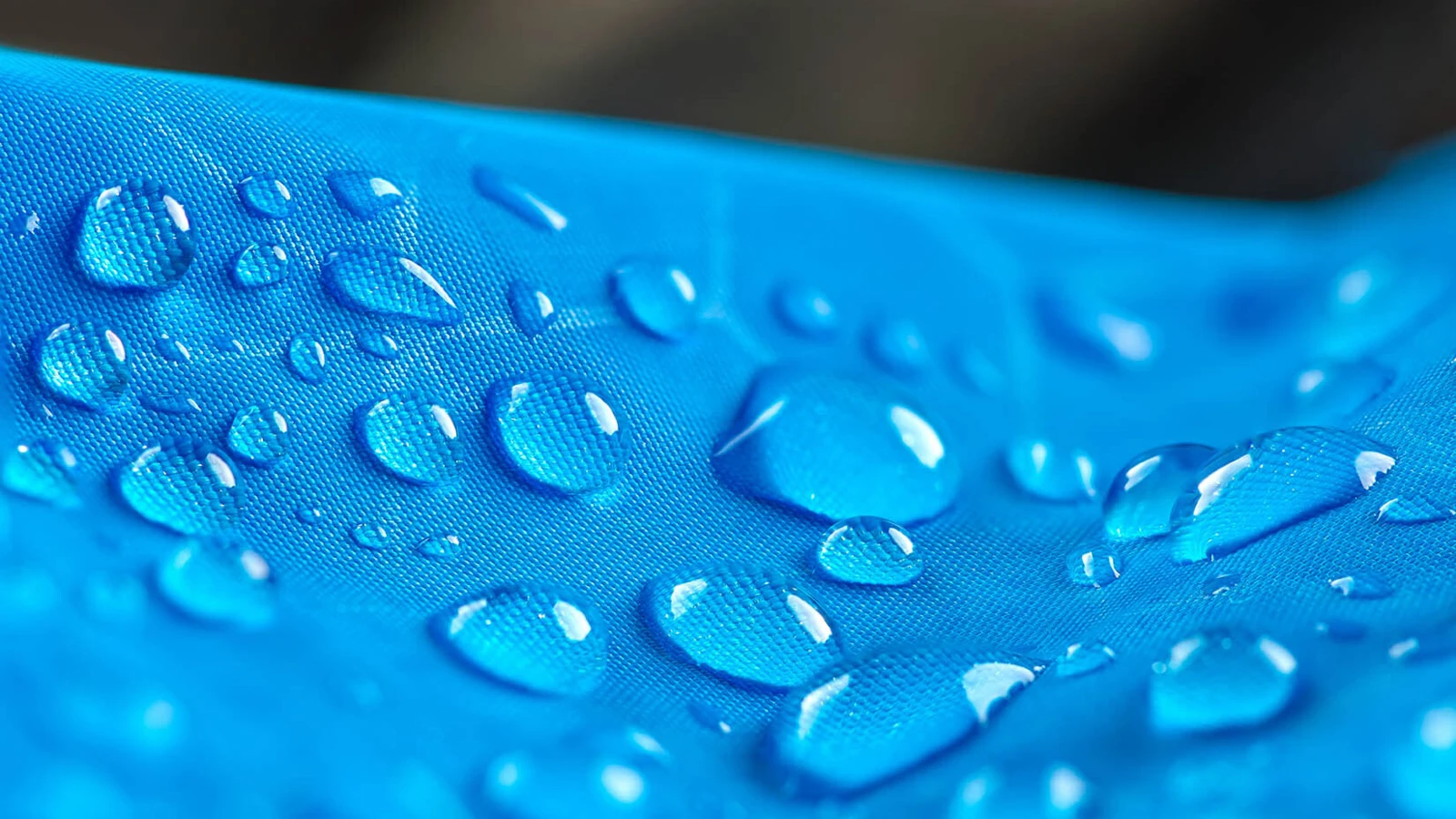
26.06.2023 by Claire Strasser
Dry. Humid. Wet. Polyamide and Water
Polyamides come in various types, each distinguished by their unique chemical structure and properties. One of the commonly used polyamides is Polyamide 6 (PA6), a linear polyamide made of caprolactam. PA6 is known for its high tensile strength, abrasion resistance, and chemical resistance. It is frequently used in textiles, packaging, automotive parts and electronic components.
The Power of Water
Due to their hygroscopic nature, polyamides absorb humidity from their environment. This, in turn, influences the properties of the material and hence processing of the material. Even a small amount of water in Polyamide 6 (PA6) will drastically decrease its Glass Transition TemperatureThe glass transition is one of the most important properties of amorphous and semi-crystalline materials, e.g., inorganic glasses, amorphous metals, polymers, pharmaceuticals and food ingredients, etc., and describes the temperature region where the mechanical properties of the materials change from hard and brittle to more soft, deformable or rubbery.glass transition because water acts as a plasticizer. For this reason, the moisture content of the material is an essential parameter to be checked and controlled.
An easy and fast way to proceed is to measure the Glass Transition TemperatureThe glass transition is one of the most important properties of amorphous and semi-crystalline materials, e.g., inorganic glasses, amorphous metals, polymers, pharmaceuticals and food ingredients, etc., and describes the temperature region where the mechanical properties of the materials change from hard and brittle to more soft, deformable or rubbery.glass transition of polyamide by means of differential scanning calorimetry (DSC) with the NETZSCH DSC 300 Caliris®. Actually, the higher the moisture content, the lower the Glass Transition TemperatureThe glass transition is one of the most important properties of amorphous and semi-crystalline materials, e.g., inorganic glasses, amorphous metals, polymers, pharmaceuticals and food ingredients, etc., and describes the temperature region where the mechanical properties of the materials change from hard and brittle to more soft, deformable or rubbery.glass transition temperature, so that this result can be used as a control parameter for the humidity present in the material.
However, the Glass Transition TemperatureThe glass transition is one of the most important properties of amorphous and semi-crystalline materials, e.g., inorganic glasses, amorphous metals, polymers, pharmaceuticals and food ingredients, etc., and describes the temperature region where the mechanical properties of the materials change from hard and brittle to more soft, deformable or rubbery.glass transition of polyamide detected in the DSC curves may be overlapped with peaks resulting from RelaxationRelaxation은 고무에 일정한 변형률이 가해지면, 변형률을 유지하기 위해 필요한 힘은 일정하지는 않지만 시간에 따라 감소합니다. 이러한 특성을 ‘응력 완화’라고 부릅니다. 응력완화의 원인이 되는 과정은 물리적 또는 화학적 그리고 정상적인 조건 하에, 둘 다 동시에 일어날 수 있습니다. relaxation effects and water evaporation peak. Temperature-modulated measurements enable separation of the effects for accurate evaluation of the Glass Transition TemperatureThe glass transition is one of the most important properties of amorphous and semi-crystalline materials, e.g., inorganic glasses, amorphous metals, polymers, pharmaceuticals and food ingredients, etc., and describes the temperature region where the mechanical properties of the materials change from hard and brittle to more soft, deformable or rubbery.glass transition temperature.
Want to know more? Read our latest application note:


